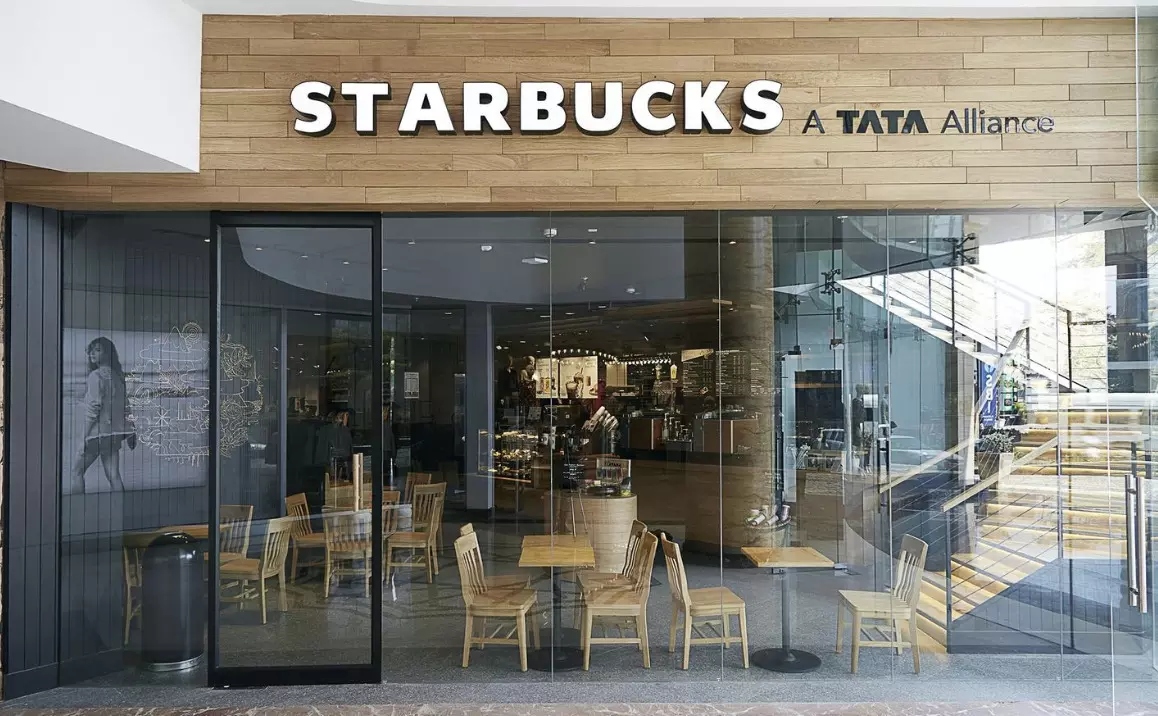Is Starbucks brewing its exit from India?
Is Starbucks brewing its exit from India?

Amid growing losses, Starbucks' future in India has come under scrutiny. Despite the challenges, the company has no plans to exit the Indian market and is instead rethinking its strategy to remain competitive.
Background and Performance Starbucks first attempted to enter the Indian market in 2007 but was unsuccessful. It returned in 2012 through a 50:50 joint venture with Tata Consumer Products, aiming to popularize premium coffee in India. From FY17 to FY23, Starbucks achieved a compound annual growth rate (CAGR) of over 20% in sales.
However, by 2024, the company's outlook has dimmed. Despite reporting sales of ₹1,218 crore, losses have surged to ₹82 crore, nearly tripling from the previous year. Sales growth has slowed to 7% in the second half of FY24. With over 450 stores across India, these figures are concerning.
Challenges in the Indian Market Price sensitivity remains a significant hurdle for Starbucks in India. Rising inflation has increased costs across the board, making a ₹300 cappuccino a luxury rather than a daily indulgence. Despite rising disposable incomes and a growing taste for luxury, Starbucks has struggled to capitalize on these trends.
When Starbucks entered India, the coffee culture was nascent. The brand aimed to shift a primarily tea-drinking nation towards coffee. Initially, this strategy succeeded as young consumers embraced Starbucks for its coffee and ambiance.
Post-COVID Market Shifts Post-COVID, consumer preferences have shifted towards artisanal blends and gourmet food, perceived as offering better value for money. Local coffee chains like Blue Tokai and Third Wave Coffee, along with international entrants like Tim Hortons and Pret A Manger, have intensified competition. Starbucks is no longer the default choice for many coffee enthusiasts.
Market Dynamics and Global Lessons Starbucks’ strategy of targeting younger, urban crowds in big cities has its limitations. In India, café visits remain occasional treats rather than daily habits, and the deeply rooted tea culture continues to dominate.
Starbucks' struggles in India reflect similar challenges faced in markets like Australia and Italy. In Australia, local preferences for simple, high-quality espressos over Starbucks’ sweeter, flavored lattes led to significant store closures. In Italy, the birthplace of espresso, Starbucks’ commercialized and pricey offerings failed to resonate with locals.
Future Strategy Despite these obstacles, Starbucks is committed to the Indian market. The company plans to expand to 1,000 stores by 2028, targeting tier-2 and tier-3 cities, opening drive-throughs, and establishing stores in airports. Starbucks is also innovating with local flavors, such as the Malabar Coconut Cream Latte, in its new experiential store in Delhi.
To succeed, Starbucks must reinvent its brand in India, focusing on localizing offerings and making them more affordable. Expansion alone will not suffice; adapting to the evolving preferences of Indian consumers is crucial.
For now, Starbucks is not leaving India but is actively rethinking its strategy to stay competitive in the dynamic Indian market.

